|
77. Coenonympha glycerion (Borkhausen, 1788) / Chestnut heath / Nymphalidae – Satyrinae
NL: roodstreephooibeestje / D: Rotbrauner Wiesenfalter, Rotbraunes Wiesenvögelchen / F: fadet de melique, l’iphis
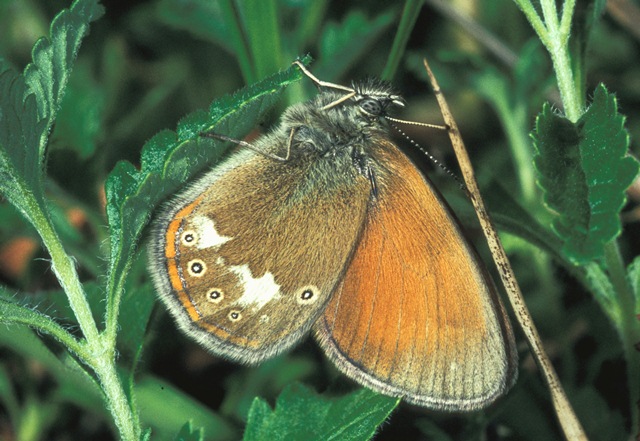 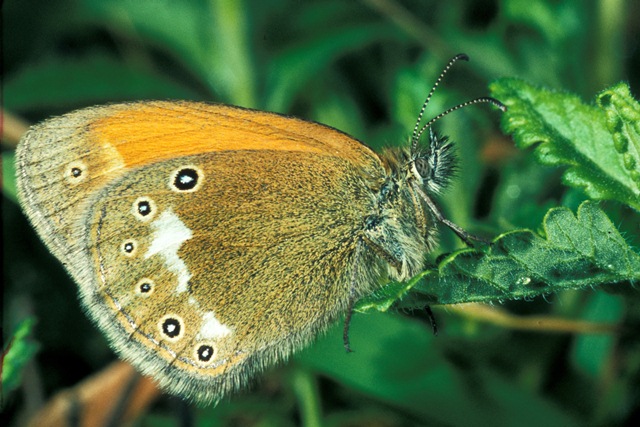
Photographs: Frits Bink ©.
Small, wing length 17 (16-18) mm. In the Benelux, this species is known from a few sites in the south of Wallonia where it inhabits chalk grassland with a vegetation of tall grass; however, it is uncertain as to whether or not the species is extant.
Butterfly is on the wing from end-June until late-July and peaks early-July. The species is known from sub-continental to severe continental climates, amplitude 8 to 18; required heat sum 700°d and maximum tolerated 1800°d, corresponding climate windows 24 and 35 weeks.
In surrounding countries the species is on the decline but in northern Europe it is expanding. It appeared in Finland at the beginning of the last century and it had reached the middle of that country by the 1930’s (Martilla et al. 1990: 295).
Ecological characteristics
Behaviour over time
Overwintering: larva in third instar, about 6 mm in length, hidden in tussock of its host-plant.
Reproduction: oviposition starts after 3-4 days when the body contains 34 (31-37) eggs, estimated production 2.1 times as much.
Larval feeding periods: in summer 52 (43-60) days from end-July until end-September, next spring 66 (61-75) days from end-April until end-June. In spring, the larvae start feeding relatively late.
Generations: one.
Spreading of risk: not observed.
Life cycle: egg 12 (6-14) days; larva 44-47 weeks; pupa 15 (10-19) days.
Life span of adult: rather long, 3 weeks.
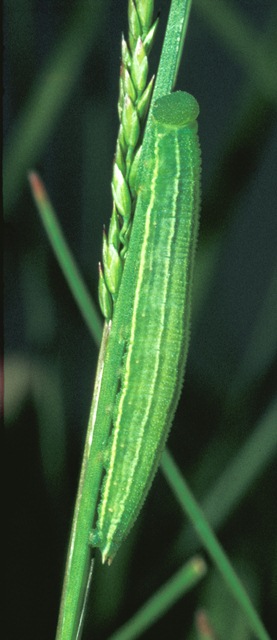 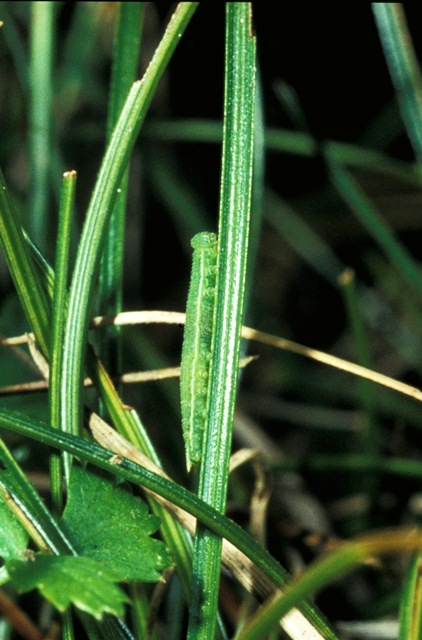
Photographs: Frits Bink ©.
Behaviour in space
From stay-at-home to migrant: stay-at-home, spatial requirement modest.
Finding a mate: male patrols.
Orientation in the landscape: in the gradient between wood and grassland of tall grass.
Oviposition: female selects the site but distributes the eggs randomly on the host-plants.
Defence
Threats from other organisms: avoidance by concealment of the larvae.
Threats from the environment: adversity of unreliable spring weather.
Feeding habits
Adult: nectar of all kinds of flowers in the herb vegetation.
Larva: in spring diapause may be delayed three weeks.
Larval foodplants
Plant species: Poaceae, e.g. Brachypodium pinnatum, Cynosurus cristatus, Festuca ovina, F. rubra, Phleum pratense. Sieglingia decumbens.
Journal
Rearing experiment based on specimens from Lion-devant-Dun, Lorraine, France:
11 July 1984: females captured.
17 July: a total of 47 eggs laid.
28 July: eggs hatched.
2 August: larvae first instar, mover towards the sunny side of the pot.
9 August: larvae in moult L1-2.
13 August: larvae in moult L2-3.
10 September: some larvae in L3, 8-9 mm in length, probably already in diapause; others in moult L2-3. They were smaller than those of other Coenonympha species at the same date.
Overwintered in cold green house.
25 March 1985: 3 larvae were active.
6 April: larvae end third instar, 9 mm in length.
3 May: larvae fourth instar.
20 May: larvae started pupating. Their larval stage has been about 10 days longer in the spring than that of C. arcania.
29 May: nearly all larvae pupated, first pupa was near to hatching.
2 June: first adult appeared.
4 June: 7 pupae hatched.
6 June: last pupa hatched, number of females exceeded males.
Table 77-1. Results of dissections

Table 77-2. Collection and observation localities
D, Arnstein 50° 01’ 57”N – 9° 47’ 41”E; 22 July 1984.
D, Meetschow 53° 02’ 32”N – 11° 23’ 32”E; 22 June 1984.
EST, Endla Nature Reserve, 58° 52 34”N – 26° 16’21”E; 10 July 1999.
EST, Pööravere 58° 40’ 25”N – 24° 36’ 50”E; 16 July 1999.
F, Aurel, 400 m, 44° 43’N – 5° 16’E; 29-8-1984, 2 September 1984.
F, Lorraine, Dieue-sur Meuse 49° 05’ 11”N – 5° 27’ 25”E; 11 July 1984, 19 August 1984, 10 July 1985.
F, Lorraine, Lion-devant-Dun, 300 m 49° 23’ 40”N – 5° 14’ 03”E; 11 July 1984.
F, Pagny-la-Blanche-Côte, 308 m, 48° 32’ 37”N – 5° 42’ 58’E; 10 July 1985, 5 July 2006.
Fig. 77-1. Coenonympha glycerion, phenogram adapted from Ebert & Rennwald 1991b: 112
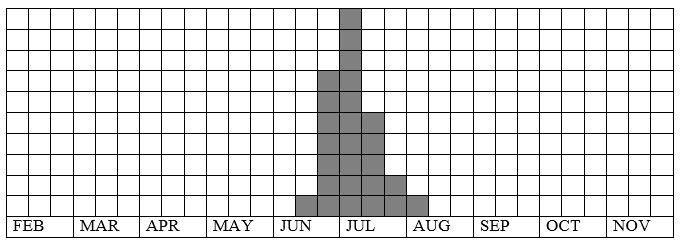
Fig. 77-2. Coenonympha glycerion, habitat characteristics.
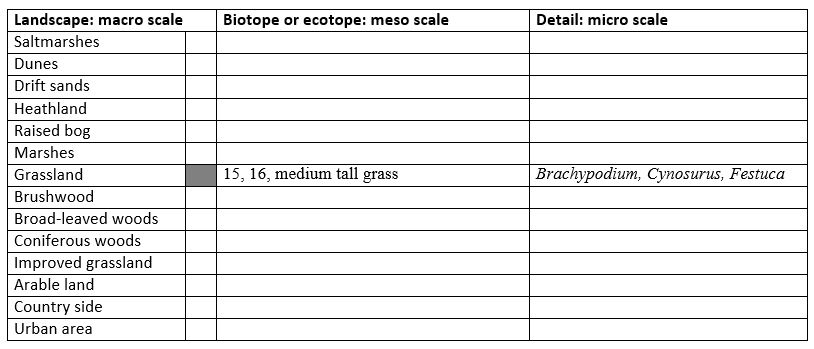
Fig. 77-3. Coenonympha glycerion, climate matrix, heat-sums 700 - 1800°d.
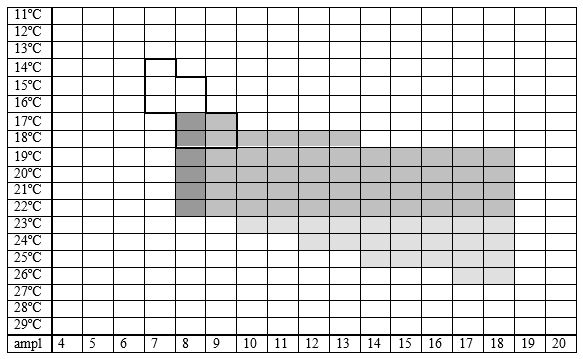
|









